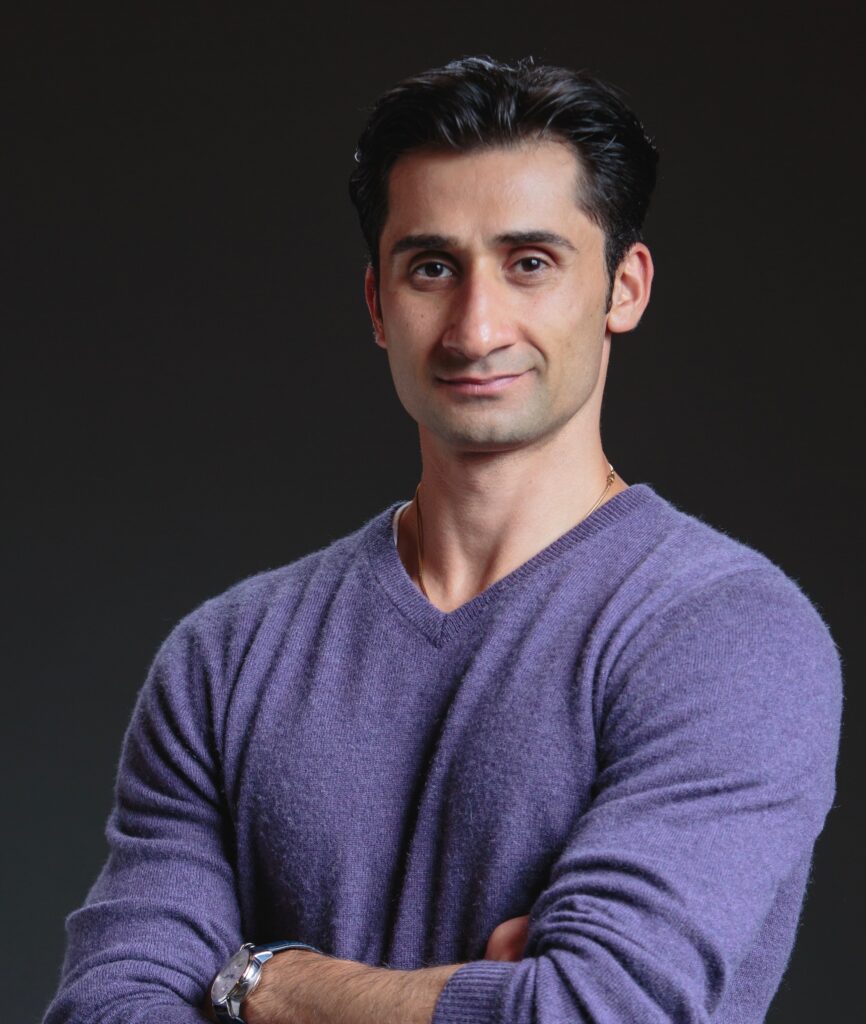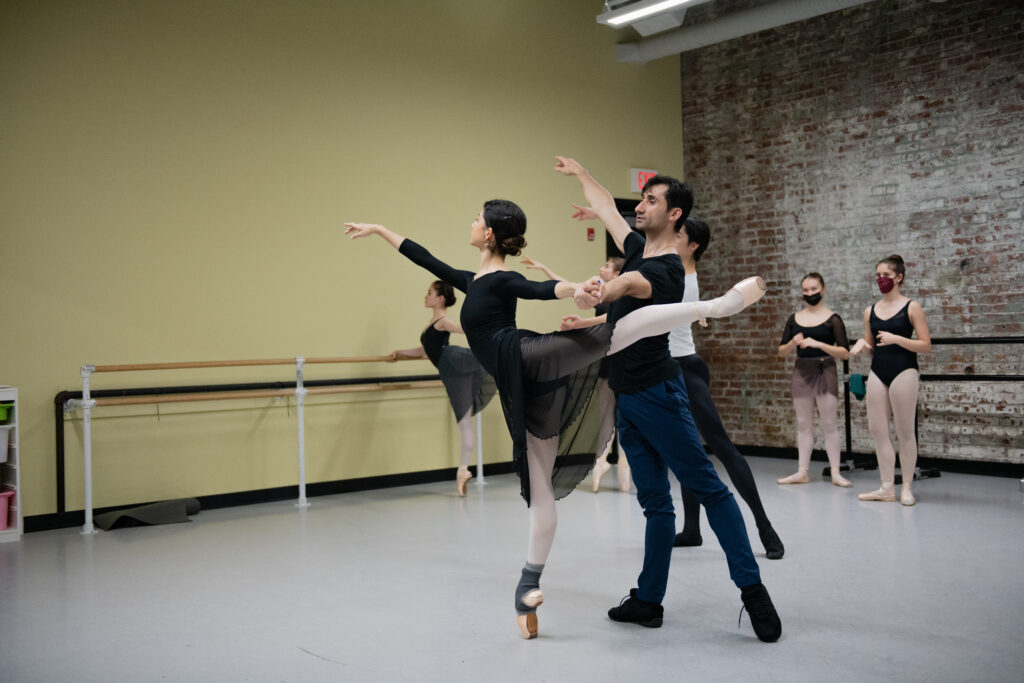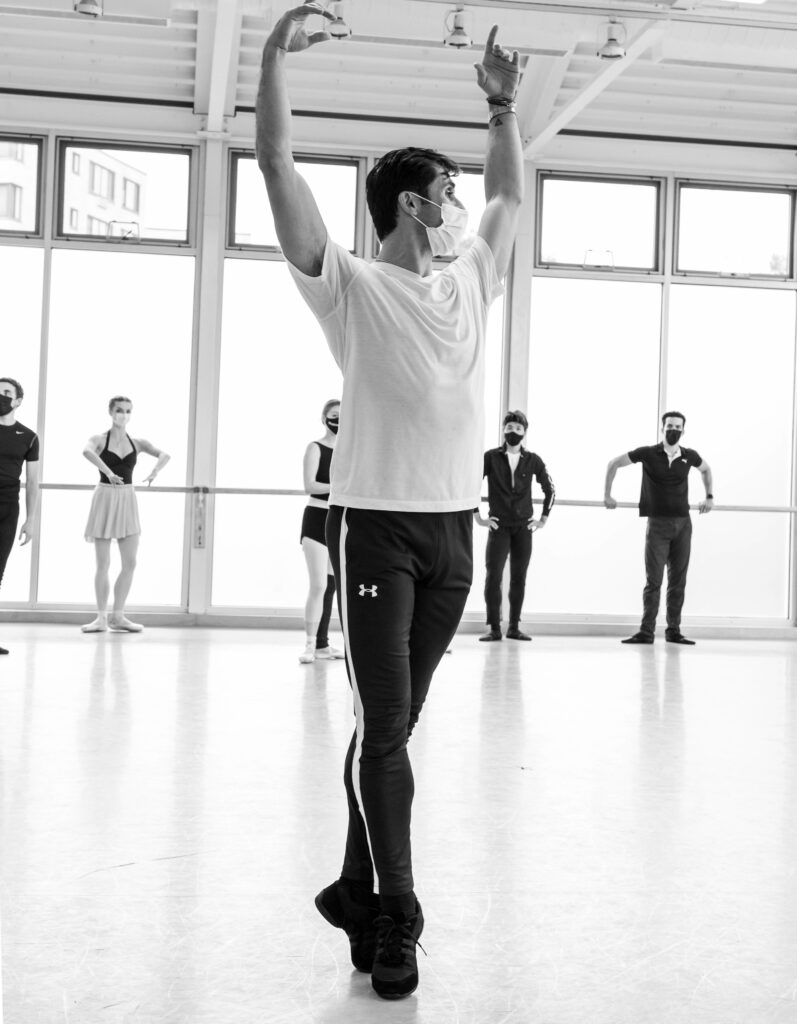
As a principal dancer with San Francisco Ballet, Davit Karapetyan was known as “the ultimate classicist”: an artist who brought buoyant jumps, clarity of line and thoughtful commitment to every role. Director of the School of Philadelphia Ballet since August 2022, Karapetyan hopes to draw out those same qualities (and more) in his young charges—and it’s working. The School of Philadelphia Ballet was just named as an Outstanding School at the Youth America Grand Prix Philadelphia Semi-Final (where 13 dancers from the School placed in their respective age divisions’ Top 12—with six ranking in the top three and two claiming first place honors in their divisions.). “I try to adapt to every class I teach,” he says, “to see what pace they need and make sure I’m giving them the most information that they can get in one class—so they advance every time I teach them.”
Dance Teacher interviewed Karapetyan to find out more.

What do you like most about teaching at the School of Philadelphia Ballet?
Teaching here specifically is great because of how the students apply themselves to your teaching style and your corrections. That’s what makes me want to do more and help them more.
What is the biggest challenge you’ve experienced working with today’s generation? How do you work through these challenges?
I think every organization and institution can see the challenge of students being almost two years behind, in terms of their age. It was almost impossible for them, in their kitchens and living rooms, to learn all they needed. You can see how tight and limited their dancing is, so a lot of the challenge is in rebuilding their center work and traveling across the floor. I tell them, it doesn’t matter how tall you are, how short you are, you need to be expanding yourself. Because once you get onstage and start performing, so much of your dancing needs to translate from far away.

What’s the best and worst advice you’ve ever been given as a dance educator?
I’ll start with the good: You need to be patient with everything. Understand that every student is different and everyone learns differently. We as teachers need to make sure that we’re doing the right thing for them to learn. You can be flexible in how you explain certain things for certain students.
I don’t know if I can recall the worst advice I’ve heard. When I hear something unnecessarily negative, I just let that negativity go. I don’t know why, but the good things have always stuck with me better than anything else.
Who is your biggest role model in the dance education world?
Mikhail Baryshnikov was my idol as a young male dancer. His technique was quite special to me because I grew up studying the Vaganova style. As an instructor, I too watched a number of videos and examined his teaching technique and everything he stated. I should also mention that throughout my career, from Europe to the United States, I met a lot of interesting people who are directors, choreographers and educators. I’ve worked with them in so many different fields and we all share the same enthusiasm for educating. There are many things I’ve learned throughout my career from different artists, but the person I admire most who has also been my longtime mentor is Helgi Tomasson, the former artistic director of San Francisco Ballet.

What message do you have for today’s dance educators who are continually working to inspire and empower the next generation?
We need to be careful in how we educate this generation. They’re so talented and so ahead of the game, in so many ways. It’s our responsibility as teachers to make sure they learn artistry along with technique. When you perform, your technicality is largely taken care of by your muscle memory. But audiences aren’t going to connect with you if you haven’t been thinking about artistry: what you’re trying to say for that role, that ballet, that character. We need to get dancers to think about their performances only being complete once musicality, gestures, emotional expressions and intentions are there, too.
What is one “thing” that makes you and your teaching style unique?
For older dancers who are almost ready to go into a company, I believe in a short barre (35 to 40 minutes) and a long time spent on center work. In the three months that I’ve been here at Philadelphia Ballet, my barres have been more like 50 minutes because the dancers are still learning my style of teaching and what I’m looking for. But everything we do at the barre translates into the center—and obviously, center work is much harder. Longer center work gives them more time to understand where their balance, articulation, artistry and technique are.

What has surprised you most about teaching?
When I just started teaching, I was surprised that I could easily conduct the class the way I wanted—once I made sure they all understood and were engaged with the directions I was giving them. It’s amazing how quickly the class time passes when everyone’s enjoying the learning process. I love those classes when you look at the clock like, “Oh my god, where did the time go?” That feeling was a nice surprise.
Editor’s note: Karapetyan’s response to the question about his biggest role model in the dance education world was updated on Feb 3, 2023.




